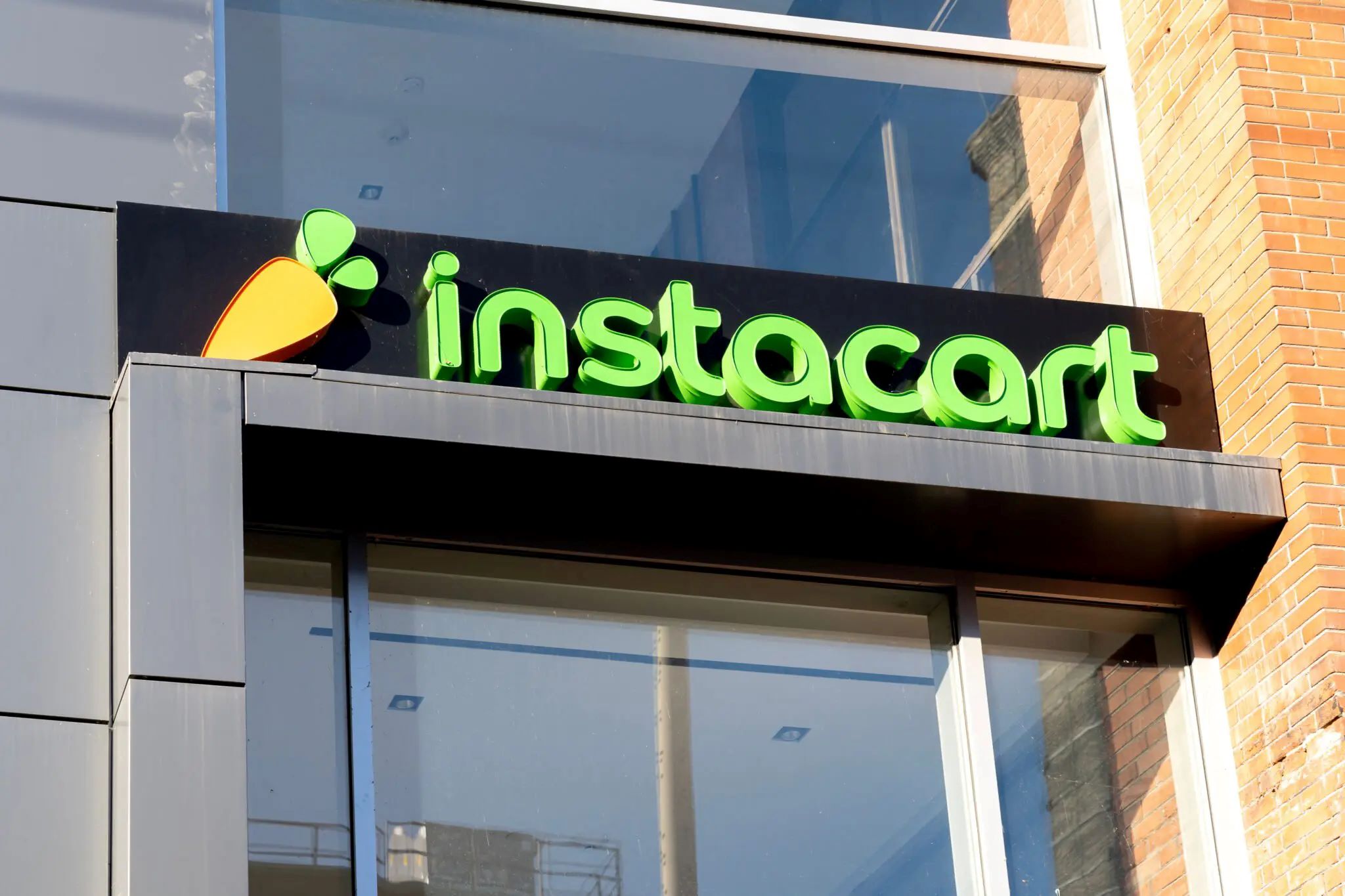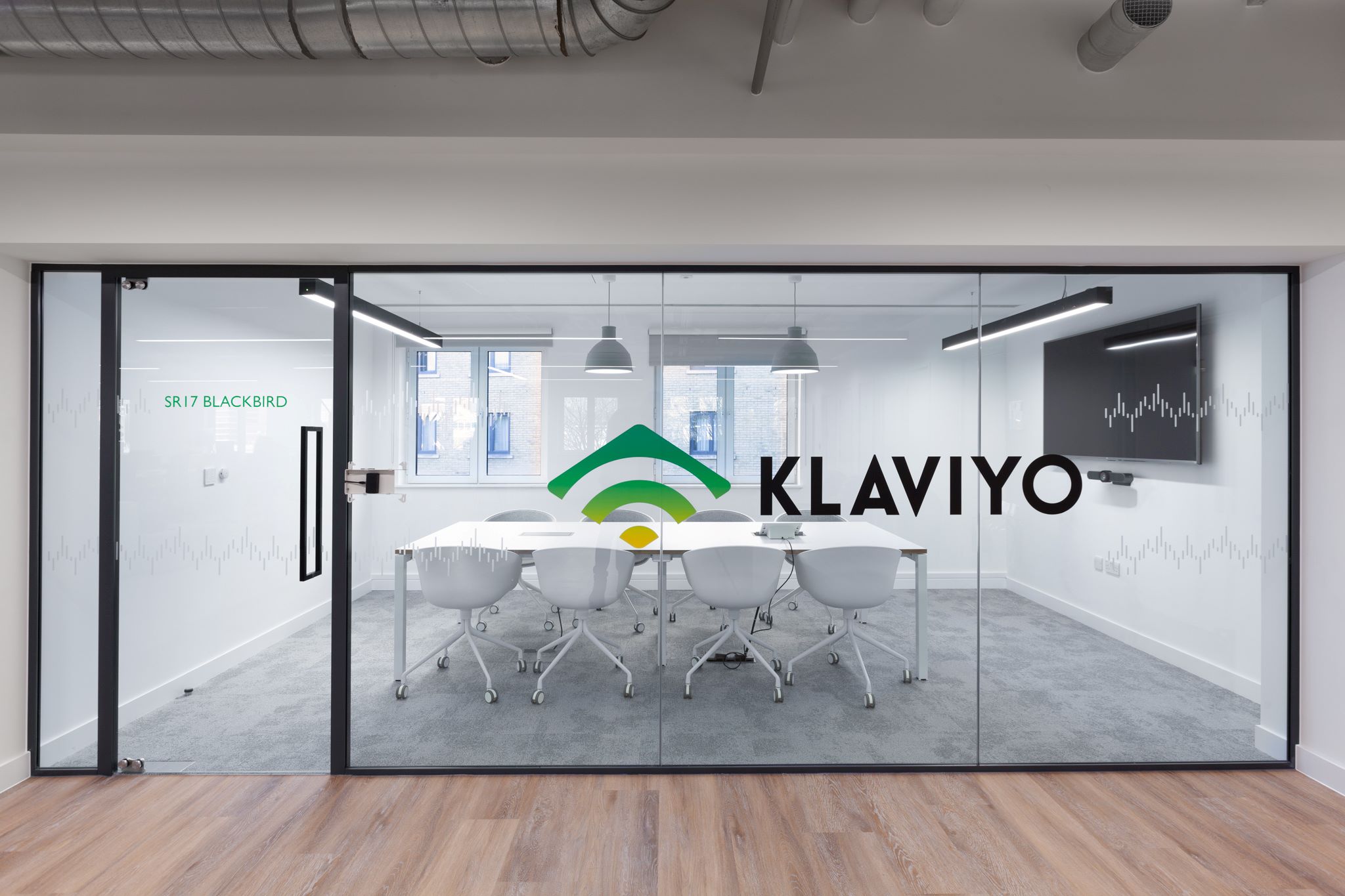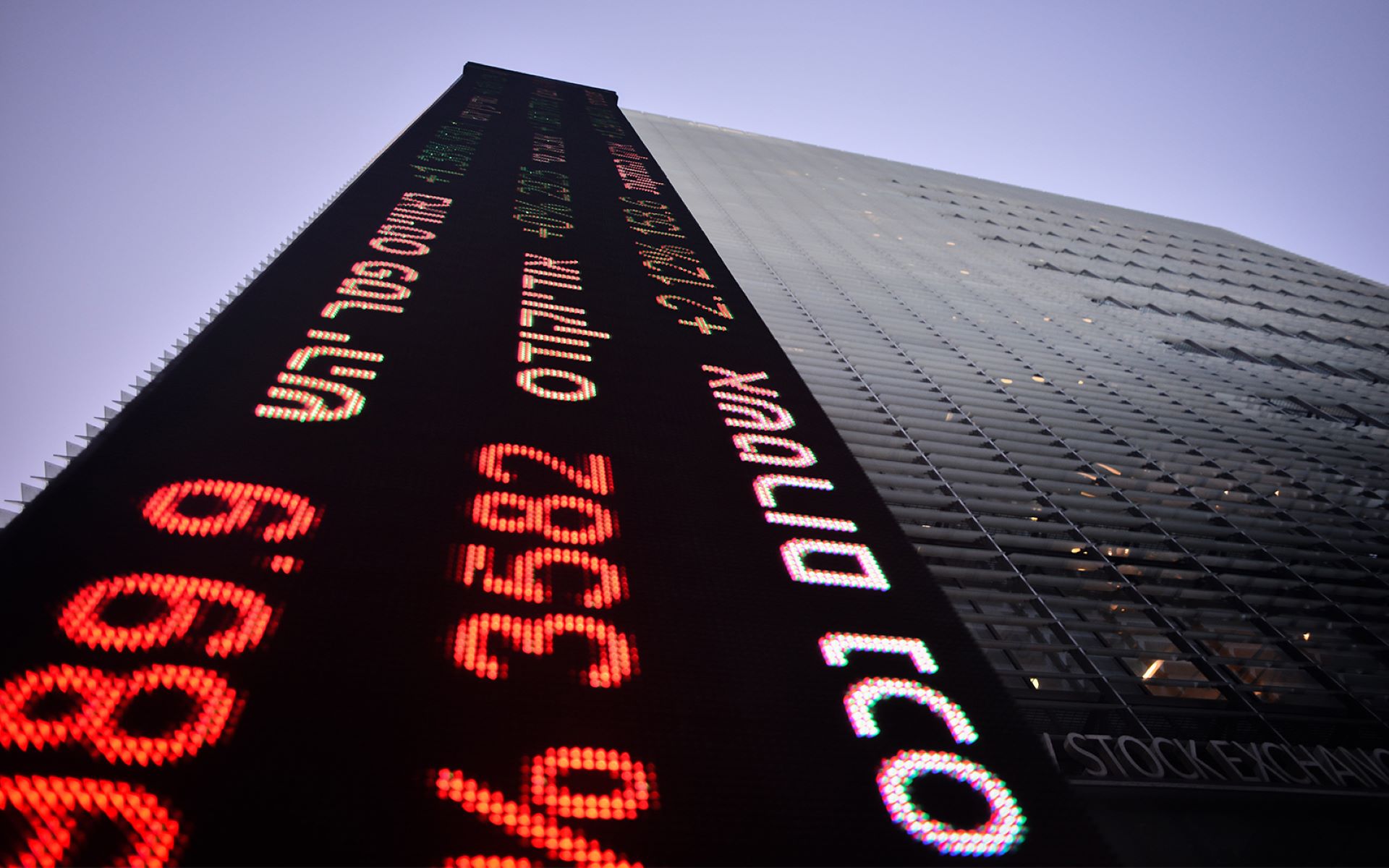In a move that echoes British chip designer Arm’s successful IPO, grocery delivery company Instacart has raised its proposed price range for its own IPO. The company’s decision to increase the price range from $26 to $28 per share to $28 to $30 per share suggests confidence in the stock’s valuation and reception.
Key Takeaway
Instacart raises its IPO price range from $26 to $28 per share to $28 to $30 per share, drawing inspiration from the successful IPO of British chip designer Arm. This decision reflects confidence in the stock’s valuation and market reception, although the differing industry landscapes between the two companies warrant caution.
Arm’s IPO Success
Last week, Arm’s Nasdaq IPO saw its stock value soar by 24.69%, closing at $63.59 and valuing the company at $65.24 billion. Arm priced the listing at the top end of its $47 to $51 per share price range, indicating significant market appetite for chip companies. This performance further reaffirms investor confidence in Arm’s strategy, particularly its focus on power efficiency, ultimate performance, and ecosystem development.
The Return of the IPO Pop
Arm’s IPO success, beyond being a lucrative opportunity for SoftBank, also serves as a bellwether for the future of IPOs. This notable surge in value suggests the return of the IPO pop, indicating an optimistic market sentiment. However, some argue that an IPO pop may signify initial pricing discrepancies.
Instacart’s Divergent Path
While Instacart may be taking inspiration from Arm’s triumph, it is essential to note that the two companies operate in vastly different industries. The excitement surrounding AI and semiconductors, which bolstered Arm’s IPO performance, may not necessarily be mirrored in the grocery delivery sector.
Despite the potential risks, Instacart has decided to raise its IPO price range, demonstrating confidence from the company, stakeholders, and bankers in the stock’s reception. However, it remains to be seen if this upward adjustment is justified given the current state of the grocery delivery market.

























